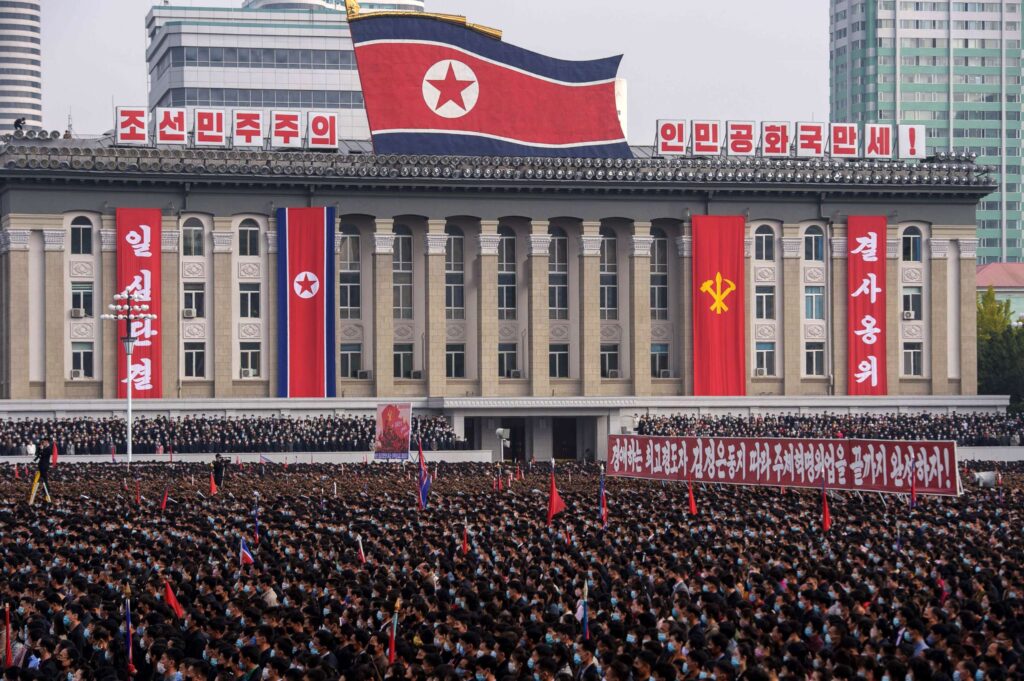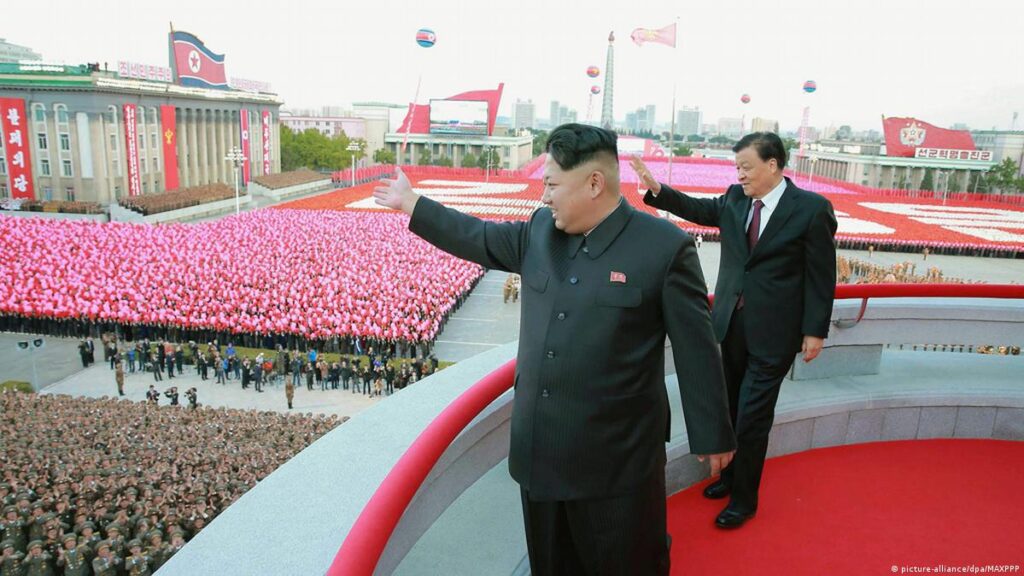
Child Labor
From an early age, children are forced to perform work, including supporting agricultural labor, collecting items, and construction work. Children in prison camps, orphanages, and relief shelters are also subjected to hard labor.
Agricultural labor support refers to mandatory agricultural labor, such as planting, weeding, rice planting, transplanting “nutrition jars,” and harvesting. The government mobilizes children through the educational system and sends them to local farms associated with a school. Agricultural work is considered an essential component of the school curriculum, and the work is unpaid. There are two types of agricultural labor support: local and long-term.
Collection of Items
The government forces students to collect a variety of items, some of which are almost impossible to find in North Korea. For example, no one can find a piece of iron scrap, let alone more than 10 kg, because there is almost no iron scrap in North Korea.
In addition to the annual Children’s Initiative, there are other item collections managed by the government for students. The general North Korean term for all government orders transmitted to students is “pochi,” which generally means “facilitating a project by dividing team tasks and sharing operation manuals.” Pochi not only includes requests for item collections (like the Children’s Initiative), but also monetary donations and social and political assignments (such as participating in political events, cleaning statues, supporting the People’s Army, and the Construction Site Support Project).
In addition to supporting agricultural labor and item collections, students must also participate in construction projects and performances on national holidays, such as the birthdays of Kim Il-Sung, Kim Jong-Il, and Kim Jong-Un, and other special occasions.
Students are mobilized to help build municipal infrastructure, school buildings, repair railways, and even private housing for school staff. Additionally, students often complete the construction work necessary to build, maintain, and/or repair school buildings. Not only are they required to participate in dangerous construction work, but they must also manufacture or bring the necessary materials for construction on their own.

Child Labor Outside the Educational System
North Korea differentiates its prisons based on the convicted crime. Those accused of ideological insubordination are sent to a “kwan-li-so.” Kwan-li-sos are concentration camps primarily for those accused of political crimes. They are surrounded by electric fences and barbed wire. Up to 120,000 people live in each of these camps. Children are treated with particular cruelty, but the camp administrators prevent them from dying, knowing they are indispensable as the next generation of workers. Despite the North Korean government’s firm denial of the existence of kwan-li-sos, there are five known such camps.
Children suffer from all types of child labor that exist in North Korean society and any additional work required in the camp. Despite their near-starvation state, children are forced to spend most of their waking moments working where they have to meet certain quotas. Like schoolchildren outside the kwan-li-sos, those inside must collect waste. However, children in the kwan-li-sos often have to collect a considerably larger amount because the authorities treat them more harshly. Additionally, children must perform manual labor. Children are assigned different tasks according to the season.
Each kwan-li-so is large enough to have several schools. However, the quality of education in the kwan-li-sos is much worse than in normal society schools. In the standard school system, a student graduates after three years of middle school and three years of high school. The camp only offers education up to middle school, where prison guards teach basic Korean language and arithmetic instead of trained teachers. As soon as children have a rudimentary education, they are considered ready and are immediately sent to the coal mine or workplace.
Punishments
Like most countries that prohibit severe corporal punishment, North Korea has also implemented regulations against it. However, these laws are not enforced. North Korean children are not only exposed to abuse by their teachers, but the perpetrators face no consequences. It is very common for teachers to ruthlessly beat students who do not attend or do not do their work correctly. Students who do not attend agricultural labor support or complete the collection of items are reprimanded by their teachers and other students during a struggle session (sa-sang-tujeng) in which students accuse each other of capitalism and reactionary ideology. Additionally, they are exposed to open criticism from their peers through a social system called “saeng-hwal-chong-hwa,” translated as “life review session.” It is a weekly meeting to review and reflect on one’s ideas and actions according to the teachings of Kim Il-Sung, Kim Jong-Il, or Kim Jong-Un, or the Ten Principles. During the saeng-hwal-chong-hwa, certain students are attacked by the entire class and bombarded with scathing comments.
In addition to physical and verbal punishments, there are also punishments from peers. Classmates discipline each other mainly through bullying. Their peers treat them hostilely because, seeing teachers, whom they view as role models, act openly antagonistic towards poor students, they begin to believe it is acceptable to act the same way. Since Saeng-hwal-chong-hwa is a system that makes North Korean children accustomed to scapegoating the weak, the public shame their peers experience provokes apathy, not sympathy. This apathy sometimes intensifies into resentment and results in bullying.
Children in Prison
Children in prison camps are punished physically and verbally. They spend most of their lives confined within electric fences and are taught to believe that this is as good as it will get. The cruel treatment and excessive labor are close to slavery, and prisoners are treated like animals. Sometimes, without any reason, teachers take out their frustrations on the children and beat them for small mistakes. However, the teacher is not the only one who disciplines the student. Instead, the responsibility is transferred to a subordinate, the class president (student). Usually, the teacher beats the president and makes them beat the other children.
